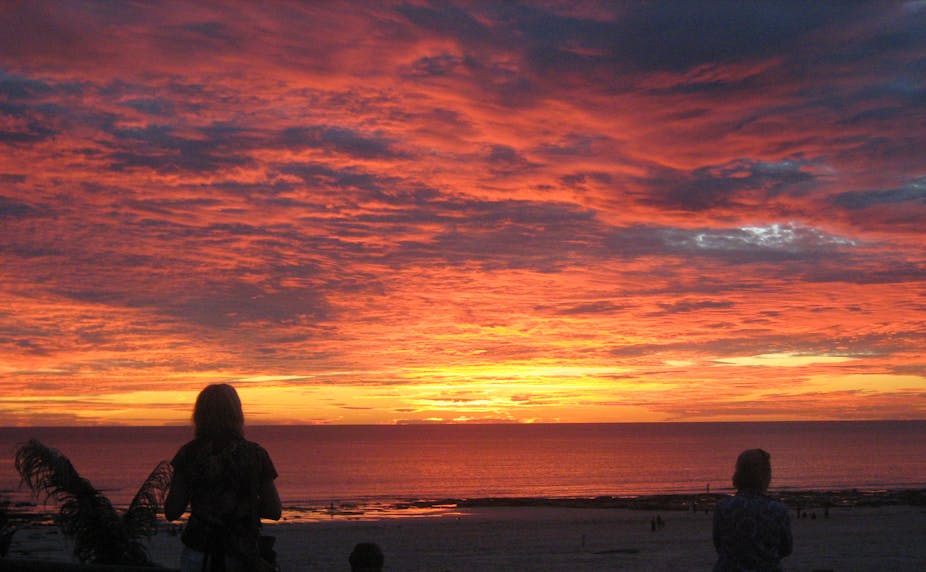The West Australian government’s decision to reject a proposal to establish a coal mine near the Margaret River in the state’s south came after a drawn-out application and approval process that was anything but straightforward.
It required decisions about a complex set of issues that involved political, economic, environmental and social risks and uncertainties that invoked a strength of response from the community that has not been seen since the Save Ningaloo campaign almost a decade ago.
In the end, it was the Environmental Protection Agency that rejected the Margaret River coal mine proposal. It did so not only on the grounds of unacceptable risk to the precious groundwater supplies in this rich agricultural and viticultural region, but also due to the perceived impact on the tourism destination image and operations of the region.
This is the first time that risk to a tourism destination’s image has been cited as grounds for rejecting any form of development proposal in Western Australia. It represents a significant watershed in the political processes taking place in the “mining state”.
This decision is also significant because it shows that the expansion of the mining sector has reached a threshold. The sector has been told in no uncertain terms that it is not welcome in some tourism regions.
However, none of that could discourage the WA Chamber of Commerce and Industry from appealing against the decision.
Mining businesses are tenacious types, and further proposals have been submitted for coal and coal-seam gas exploration in the region.
Given the extent of the underground aquifer system in the south west, and that towns from Busselton to Augusta are just as dependent as Margaret River on a vibrant tourism image for their livelihood, it is difficult to imagine how any appeals or new proposals will be approved.
The appeal could simply be a strategy by mining companies to wear down opposition, while dividing and conquering communities in order to gain the necessary approvals.
It is a tactic that the mining industry has used successfully with indigenous communities in the the state’s north, and no doubt came into play with the recent approval of the gas hub development in the Kimberley.
Like the Margaret River region, the Kimberley has a global and iconic tourism image that has come from of many years and millions of dollars invested in promoting the natural, social and cultural attributes of the destination.
A recent research report by Dr Mike Hughes of the Curtin Sustainable Tourism Centre for teh Wilderness Society (WA) on opportunities and threats to Kimberley tourism warned that heavy industrial development could devalue the Kimberley brand, adversely impacting tourism operators, regional employment and business viability (http://www.wilderness.org.au/pdf/Kimberley_WhaleCoast_Report.pdf).
These impacts would be felt long before construction begins and extend long after the resources are exhausted and industrial operations cease.
A relatively short-term gain for the mining sector would inflict long-term pain for the local businesses, residents and visitors, both existing and potential, well into the future.
And that is without even taking into account the affects that environmental disasters, such those as recently occurred in the Timor Sea and Gulf of Mexico, would have in compounding the impacts of such projects.
On the other hand, with proper consultation, planning, management and monitoring, tourism can continue to provide a sustainable platform upon which future generations can build, grow and prosper.
Governments at all levels have begun to recognise the value of tourism and the potential for sustainable tourism to provide long-term social, environmental, economic and political benefits in places like Margaret River.
The important point is that industrial development decisions can no longer be based on economic imperatives alone, and that the value of environmental services and amenity as well as the social fabric and well-being of the community require concomitant consideration in development decision processes.
On pure economic grounds, tourism would lose the argument every time, so the debate must take into account the wider implications of development over the long-term.
In places like the Kimberley and Margaret River, future generations of visitors and residents will wonder, with all of the scientific and social data that we had available, how such development proposals could have even been considered.
Such is the nature of our democracy and political process in Australia, and if we continue to make the correct decisions, as we have in Margaret River, the world will beat a path to our door for generations to come.

